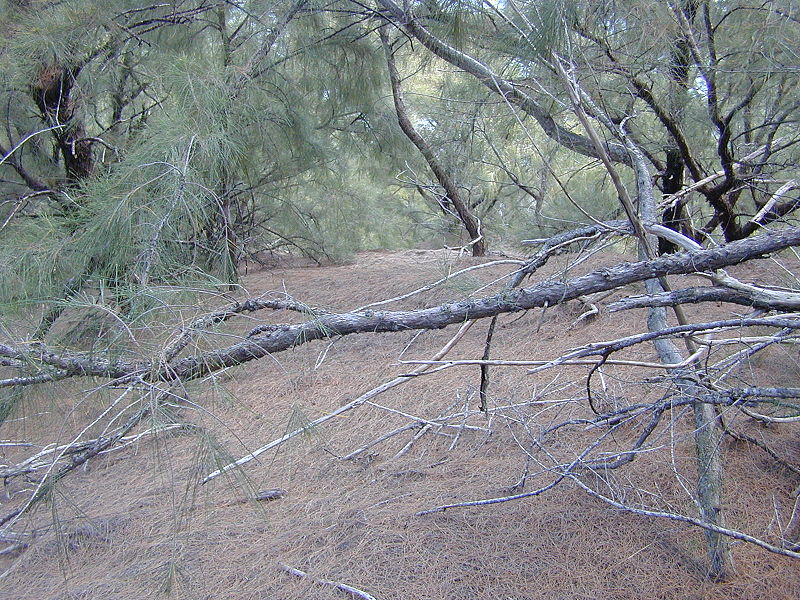Like humans, plants have strong preferences when it comes to the company they keep. Plants try to fight off invaders they don’t get along with, and try to encourage their buddies to live nearby. Farmers have been taking advantage of these behaviors for thousands of years to enhance their yields and prevent pest infestations, creating a rich agricultural tradition.

Farm: like an Egyptian! From Wikipedia
When we started gardening 5 years ago, my friends and I wanted to tap into this long tradition of agriculture. Since then, we’ve grown thousands of pounds of organic vegetables and blogged about the community benefits of gardening, lawns, and the romance of gardening. However, we haven’t provided much information about how we garden. Since there are an abundance gardening resources out there, I want to highlight two techniques with strong scientific backing that encompass this agricultural tradition: companion planting and crop rotation. While research has not yet fully elucidated the mechanisms behind these practices, they have been consistently shown to increase yield. In this post, I will quickly flesh out each technique and provide links to more in depth sources should you wish to delve deeper.
Companion planting
Companion planting is simple: plant crops together that like to live next to each other. One of the most famous examples of companion planting is the Three Sisters, which has been used in the Americas for thousands of years. The Three Sisters are beans, squash, and maize. These plants were grown together partially because they provide most of the essential vitamins and nutrients for humans, but their growth, nutrient uptake, and physical defense interact in complementary ways, including:
- The strong stalk of maize provides structure for the beans to climb on.
- Beans fix nitrogen, which is a vital nutrient for the squash and maize
- Squash provides ground cover, which prevents the loss of moisture, out-competes weeds, and protects against pests.
Another key component of companion planting is allelopathy, which is basically the plant version of chemical warfare. Plants release chemicals that kill or inhibit the organisms they don’t like while not harming (or even helping) the ones they do. For example, barley produces hordenine, a chemical that inhibits some seeds from germinating and deters grasshoppers from eating the barley.
One of the first described cases of allelopathy was in black walnut trees. Black walnuts cause “soil sickness”, inhibiting nearly all other plants from growing near them by producing a toxic chemical called juglone.
Thus, plants can produce natural herbicides and pesticides, protecting friends and harming foes. Plants can also stimulate the growth of their buddies; the roots of peas and hairy vetch allow barley and oats to increase photosynthesis and absorb phosphorus more efficiently.

No growth underneath that tree. Why? Negative Allelopathy!
Crop rotation
Pest resistance is one of the many benefits of crop rotation, and I’ll illustrate how it works with analogy. Say you like to fish, and are looking for good fishing spots. Over a summer, you try out 15 spots, and find that one spot consistently has the most fish. The next summer, that same spot is again the best, so you decide to rent a house to take advantage of that fantastic fishing. In future summers, where would you go to fish? Obviously, that same spot!
Garden pests behave the same way. My neighbor has planted her tomatoes in the same place since at least 2010. Every year, a fungus attacks her tomato plants, causing their leaves to curl and making them more vulnerable to pests. Over time, this has gotten worse. Why? Because the bugs that eat my neighbor’s tomatoes lay eggs nearby, and the fungal spores stick around in that soil. It’s a good strategy for them, because they always have something to eat. The same holds true for weeds; if they grow well next to a certain type of plant, they’ll be harder to get rid of if you keep planting that crop in the same spot. If my neighbor planted her tomatoes in a different spot (or didn’t grow tomatoes at all for a year), the number of tomato pests in her primary spot would likely decrease.
Crop rotation has many other benefits as well, like reducing the number of weeds and improving soil structure and fertility. Planting carrots or other root vegetables one year loosens up the soil, making it easier for plants with large root structures – like tomatoes – to make strong root systems the following year. As I mentioned earlier, beans and other legumes fix nitrogen in the soil and don’t need an abundance of nutrients to thrive. Planting legumes after a round nightshades or other crops that deplete nitrogen prepares the soil for future nitrogen-hungry plants.

Conclusions
As you can tell, these two strategies complement each other wonderfully. Companion planting lessens the need for pesticides through allelopathy and improves plant health. Crop rotation prevents pests from finding a reliable niche and improves the nutrient balance in the soil. These techniques will keep your garden healthy and your gardening neighbors happy (I’m still hoping my neighbors will plant their tomatoes in a different spot!). In these days of increased resistance to pesticides, we prefer to keep our garden a place of relaxation and growth, rather than one of conflict and frustration.
For more information on early farming practices in the Americas, I highly suggest 1491: New Revelations of the Americas before Columbus, by Charles Mann.
Chou, Chang-Hung. “Roles of allelopathy in plant biodiversity and sustainable agriculture.” Critical Reviews in Plant Sciences 18.5 (1999): 609-636. link
Liu, De Li, and J. V. Lovett. “Biologically active secondary metabolites of barley. II. Phytotoxicity of barley allelochemicals.” Journal of Chemical Ecology 19.10 (1993): 2231-2244. DOI
Harley, K. L. S., and A. J. Thorsteinson. “The influence of plant chemicals on the feeding behavior, development, and survival of the two-striped grasshopper, Melanoplus bivittatus (Say), Acrididae: Orthoptera.” Canadian Journal of Zoology 45.3 (1967): 305-319. DOI
Jose, Shibu, and Andrew R. Gillespie. “Allelopathy in black walnut (Juglans nigra L.) alley cropping. I. Spatio-temporal variation in soil juglone in a black walnut–corn (Zea maysL.) alley cropping system in the midwestern USA.” Plant and Soil 203.2 (1998): 191-197. link
Liebman, Matt, and Elizabeth Dyck. “Crop rotation and intercropping strategies for weed management.” Ecological applications (1993): 92-122. link

